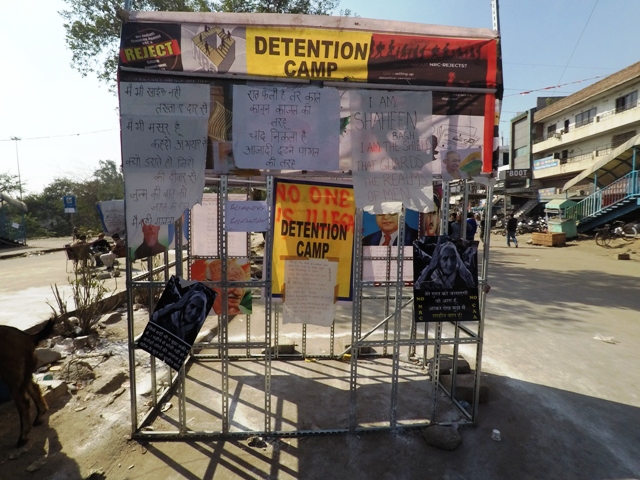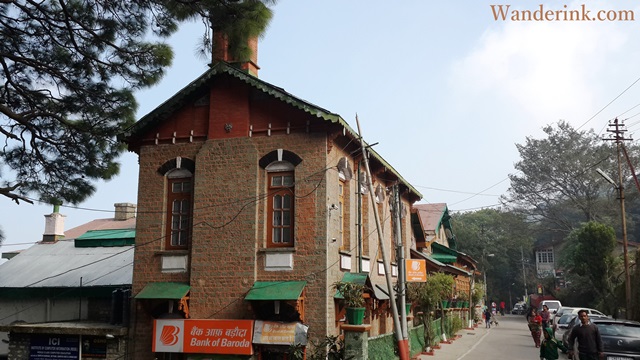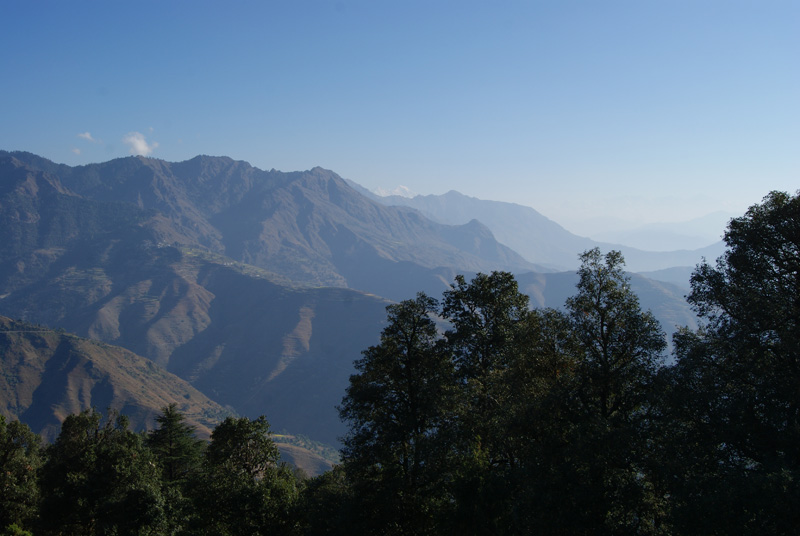The Rosa Parks moment was when Shaheen Iqra sat on the road flanking Shaheen Bagh which connects Kalindi Kunj in southeast Delhi and Noida blocking the busy traffic on December 15, 2019. Earlier that day police had forcefully entered the Jamia Millia Islamia University nearby and brutalised students in retaliation for a massive protest they undertook against the Citizenship (Amendment) Act. As the cold dusk crept in early, Iqra exhorted others with a handheld microphone to join the sit-in. In the peak of Delhi winter, the coldest in over a century, the call was responded to by women who joined her carrying their children with them – in the suburban lower middleclass warren that is Shaheen Bagh leaving them behind was not an option.

Over the nearly two months since it began, Shaheen Bagh has grown to be more than a protest. Its leaderless feature notwithstanding, it is rarely rudderless. This people quality has seen to it that it is continually fired up, has grown exponentially in terms of participation, media attractiveness and emulation. Cities across India are now hosting their own versions, replete with the fury that finds vent through poetry, graffiti, readings, street theatre and speeches. Savants invite themselves to address the crowd that swells during the second half of the day; in a marked departure from previous ‘azaadi’ (‘freedom’) slogans, janissaries respond with ‘awaaz do’ (‘give us voice’). While politicians and the police fumble over a course of action, Shaheen Bagh continues resolutely braving the cold, two shooting incidents, mockery and indifference of a media that is largely pro government.
Najeeb, electric rickshaw driver
I stood watching as a media woman wielding a square mike tried to cajole a cop to move the barricade in Jasola Vihar to permit her broadcast van to pass through. The cop wouldn’t budge as it was just a few days since the second shooting incident. There was a slightly longer route to the protest site but she and her crew decided they’d enter via the barricaded road only – it would also be a scoop on police laxity if they succeeded. In typical fashion smacking of bruised ego and self-assigned privilege she instructed her cameraman to follow her with his barrel blazing. The same time a man came on a motorcycle with an entire chicken coop fastened to it. After a situational apprising, he was turned away and all the while the cameraman focussed on the lady and her verbal volleys whose ineffectuality was making it more and more desperate. Probably assiduous attempts at uncovering are also passed off as ‘exclusives’ by a generous media these days.

“There are many ways to reach Shaheen Bagh,” said Najeeb as I bounded into his e-rickshaw. “I will take you through the shortest one.” We went across a barrage and juddered over a landfill where piglets scurried with plastic bags stuck to their snouts, mangy mutts snarled at each other and gave us chase, men emerged from behind shrubs buckling their belts while others went behind carrying water in cola bottles. This southeast corner of Delhi was like any other corner of Delhi – a burgeoning migrancy that was swamping civic and basic amenities. The kutcha road gradually gave way to concrete and three and four storied buildings appeared suddenly and stood shoulder to shoulder as far as I could see. With the university nearby, hosting students was a tidy income for the residents, Najeeb informed. He stopped next to an under construction Al Habib mosque, the gully along the front led to the site.

“Twenty rupees,” he said. I looked at him askance – we had surely run more than the minimum he was charging.
“I know what you are thinking,” he answered reading my thoughts. Apparently some of rickshaw drivers had decided among themselves that they wouldn’t charge commuters having to circumvent due to blockades extra fare.
“The protesters are our women and children, fighting our fight. We cannot stop working but this is the only way we can join them.”
Imran, construction company manager
At a small hotel across the mosque while breakfasting on puri and chole, I met Imran. Dapperly dressed in a black and grey checkered suit, he was a manager with a construction firm. He had just dropped his kid to school, wife at the protest site and was having tea before he went to his office in Noida on his motorcycle. A rhapsodist chimed on through public announcement system which I mistook to be from the protest venue. Imran laughed and told me it was from the mosque asking for contributions. With the construction industry in the doldrums forcing him to take a pay cut and his wife having to give up her job to join the protest every day, these were banyan days for him. But nothing was a deterrent when you considered the stakes.

“This fight is for our child,” he said. “We will tighten our belts but will stop at nothing short of total repeal of the CAA.” A refrain I was to hear repeatedly over the course of the day and part of the night I spent there.
What you took for granted.
What you never had to fight for.
Children orphaned by their own country.
Citizens of nowhere.
Where do we go?
Born here, we will die here.
Hum dekhenge… we will see.
Imran had left by the time I had my second tea and made my notes. When I went to pay, my bill was already taken care of.
Farah, protest site volunteer
It was not just because I was privy to her eyes only so I might’ve given extra attention to them and assigned fanciful characteristics, but Farah’s eyes were actually ablaze. Wide open, unblinking for long spells, they were pewter coloured and darted from one corner of the tent to the other. Introduced to me by Mansoor, a protester and a local, she was a volunteer at the site who announced speakers’ and performers’ names on stage. I noticed her following a short fracas inside the venue when a pedantic person on dais began spewing sedition. She glared at him, a striking figure with hands on hips, and minced no words telling him to tone down the verbiage. While the CAA itself is perceived as anti Muslim, the protest against it is a beacon to a secular India. And at Shaheen Bagh the volunteers go to great lengths – and pains – to ensure it stays that way.

“Everybody is talking about the protest which is what you see,” she told me from the sidelines as a trade union leader suggested the Delhi Police should be given saffron uniforms going by their allegiances. “But a bigger churning is going on inside their families,” she added sweeping a nonchalant hand over the assembled women. There were matronly women in burqas, faces uncovered, grandmothers, struggling with hellions on the front rows. Younger women sat, mostly with their faces covered. Some sat filming the proceedings on their mobile cameras or watching something on them. There were separate rows for women and men.
“Many of them have told me about the newfound respect their menfolk have for them – in their homes and their neighbourhood.”
I told her that the change was not just about the homemaking women but the Muslim as a community. Many political and social observers have commented that the Shaheen Bagh is about the Muslim saying enough is enough. We are not taking it any more. Repeated acts of oppression by an insensitive regime, this was the long-awaited clarion call for assertion of rights. Constitutional ones. A voice of empowerment that has gradually, steadily, spread to the other marginalised communities. Why the growth has been organic, manifold and headless befuddling the politician who wanted to talk too late.

Mansoor, protester, local
It was early in the day when I reached the protest site after my breakfast with Imran. I could see many eyes follow me around in a gauging manner. There was good reason too which I came to know later. The protesters had made provision for ambulances from nearby hospitals to pass through without having to take the circuitous route. This was misused by some politically aligned miscreants following which there was a kerfuffle. I went around the site taking photographs all the while aware of the piercing looks at my back. Mansoor, like the chinook wind that thaws ice, a spring herald, came up to me and talked.

“See that office over there?” He asked, pointing to a public sector bank that functioned in the vicinity. “If things were as horrendous as the media made it out to be, do you think it’d still be open?” Later Mansoor and I tried to convince a reporter from a news channel to make it a story who demurred saying that the story without an interview of the top manager wouldn’t go down well with established practices. Or established loyalties, I pointed out. The reporter and his comitatus with cameras beat a hasty retreat.
“The only stories these vultures are interested in is the death of Jahaan and how responsible his mother is for that,” Mansoor said shaking his head.
Jahaan was an infant who had died a few days ago due to complications arising from the severe cold. His mother Nazia had no option but to bring him with her to the site where the other women too lent a hand nursing him. Funeral over, Nazia was back at the protests. Mansoor told me I should meet her.
“I don’t care for people or media,” Nazia said. “I have other children too and my fight is for them.”

It takes a while for it all to sink in. Things you took for granted like a country, civil liberties, rights, laws, could be yanked away from you – beginning with these people so far away from your own home, whom you don’t know, you may not ever see again. It was fascinating – and scary – how their fates were inextricably entwined with yours. A benign and enlightened defiance was standing up to a heartless, basis-less amendment to the Constitution.
I bought some peanuts from one of the hawkers lining the venue. The Sikh community were setting up their langar to all round cheering and glee. There was a reading going on in the bus stand converted into a library. Urmila, who lived in a shanty under the pedestrian crossing, lit a fire for her kids. She was from Jhansi and owned some land in her village but had migrated to Delhi for better prospect for her children who went to a nearby school. Weren’t we all migrants? One way or other? One place or other? From the distance I heard poets and speakers share their dreams with the protesters of an un-alienated India.
Reminding them, like Martin Luther King did, that this was the greatest demonstration for freedom in recent history.
(While most of the people I spoke with weren’t comfortable to be photographed considering the controversial nature of the subject, all of them were generous in sharing their thoughts. I thank and salute each and every one of them at Shaheen Bagh day and night. Most of the names have been changed on request. If you are planning to visit, I advise you not to wear face masks at it makes the protesters uneasy and guarded in your presence. And do donate books if you can spare any to the library.)




2 Comments
george
the best report i have read from Shaheen Bagh.
Thommen Jose
Jorge! Thank you for writing in. Really glad you like it.